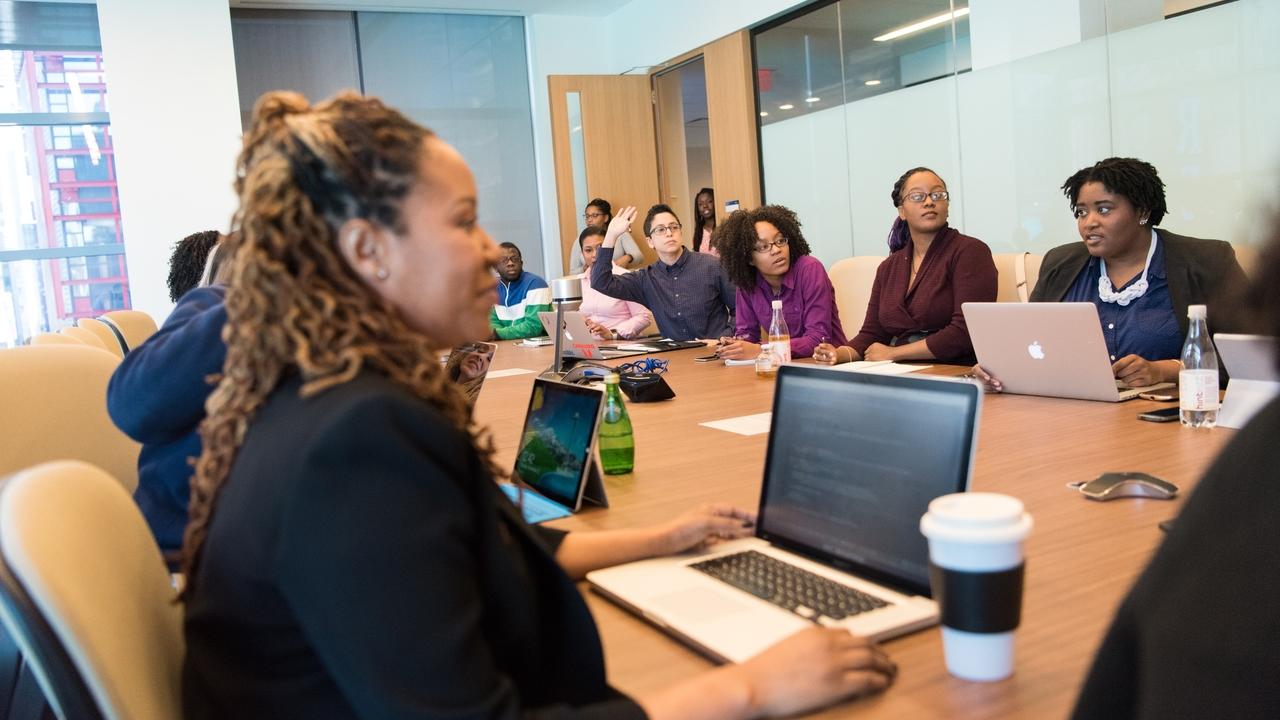Some Talent Development Professionals are Measuring What Executives Want
Jul 01, 2020
By Patti P. Phillips, Ph.D., CEO, ROI Institute and Jack J. Phillips, Ph.D., Chairman, ROI Institute
Have you ever asked top executives or a chief financial officer about the value they would like to see from talent development? How many discussions have you had about the value of learning with top executives?
We have had many of those conversations routinely over the past 25 years, and we know clearly what they need. Their responses have been documented quite well, dating back to a major study that we conducted with ATD nearly a decade ago. That study, involving Fortune 500 CEOs, indicated that 96 percent of executives wanted to see a business connection to learning. Yet, at that time, only 8 percent of them had that type of data. This is their #1 desired data category. Also, 74 percent of the executives wanted to see the ROI from learning investments, but only 4 percent said they have it now. This is their #2 measure. The #1 measure provided to executives from L&D was reaction data, but only 28 percent wanted to see this category of data.
This study, first published in our book with ATD, Measuring for Success, was a wake-up call for many CLOs and others involved in talent development.1 Collectively, they said we must do better. The good news is that was 10 years ago. We are well on the way.
More recent data from the Business Intelligence Council of Chief Learning Officer Magazine showed that improvements are on the way. When asked about how the learning organization shows its contribution to the broader enterprise, 36 percent said they use business data for the request, and 22 percent say they use ROI. When asked if they plan to implement ROI, 49.6 percent said they planned to implement ROI at some point in the future. All totaled, 71.2 percent of respondents said they were either using ROI or planning to implement it. We think that is a little ambitious, although it came from 335 CLOs.
Fast forward to 2017, we noticed a major benchmarking report from Training Magazine. This report examined the organizations that were “Hall of Famers” in their awards system. These are the organizations that are consistently at the top of their 125 best learning organizations lists. These “Hall of Famers” are very important for benchmarking because others want to know what makes them so successful. The opening statement in the report states,
“Ultimately, the success of any program is based on whether it improves business results.”
—Training Top 10 Hall of Fame—May 2017
These top learning organizations are advising that you must connect learning to the business to capture executive attention. This benchmarking report is generated every year. In the next year, 2018, this report contained three best practice case studies; one was on onboarding, another was an actual ROI calculation on a follow-up basis, and the third was an ROI forecast. You can see that we are making progress to meet the request from top executives.
What can you do if you are not showing the business value of learning? You can take five very important steps:
- Be proactive. Don’t wait for the request to show business value. Start delivering business value on a major program now. Take charge and drive the evaluation initiative. Keep ROI on your agenda, not your executive’s agenda.
- Be selective on which programs you evaluate at the business impact and ROI levels. Use ROI for programs that are very expensive, strategic, important to organizations, and yes, those that attract executive attention. That will usually be about 10-20 percent of the programs each year at the impact level and approximately 5-10 percent at the ROI level.
- Change the thinking of the complete learning cycle. Start with why for your programs, connect it to the business measure at the beginning. Then make sure you have the right solution. Next, expect success with very specific objectives all the way through to impact and share them with the team. With this approach, you are designing for the results you need. With the business data clearly defined in the beginning, you will have the desired results at the end.
- Share the joy. Make sure that the entire team is involved in designing, developing, and implementing learning and development to deliver impact. Designers, developers, facilitators, participants, and managers of participants are critical to achieving impact success. Each stakeholder has a role, not just the evaluator. This approach makes a world of difference.
- Think about all the benefits. While business data will convince executives to continue to fund your programs, connecting to the business will help you build partnerships with business leaders, obtain needed support to make programs more effective, and secure the commitment you need to be successful.
Collectively, the team can make a difference.
Reference:
- Phillips, Jack J., and Patti P. Phillips. Measuring for Success. Alexandria, VA: ASTD Press. (2009) Paperback

